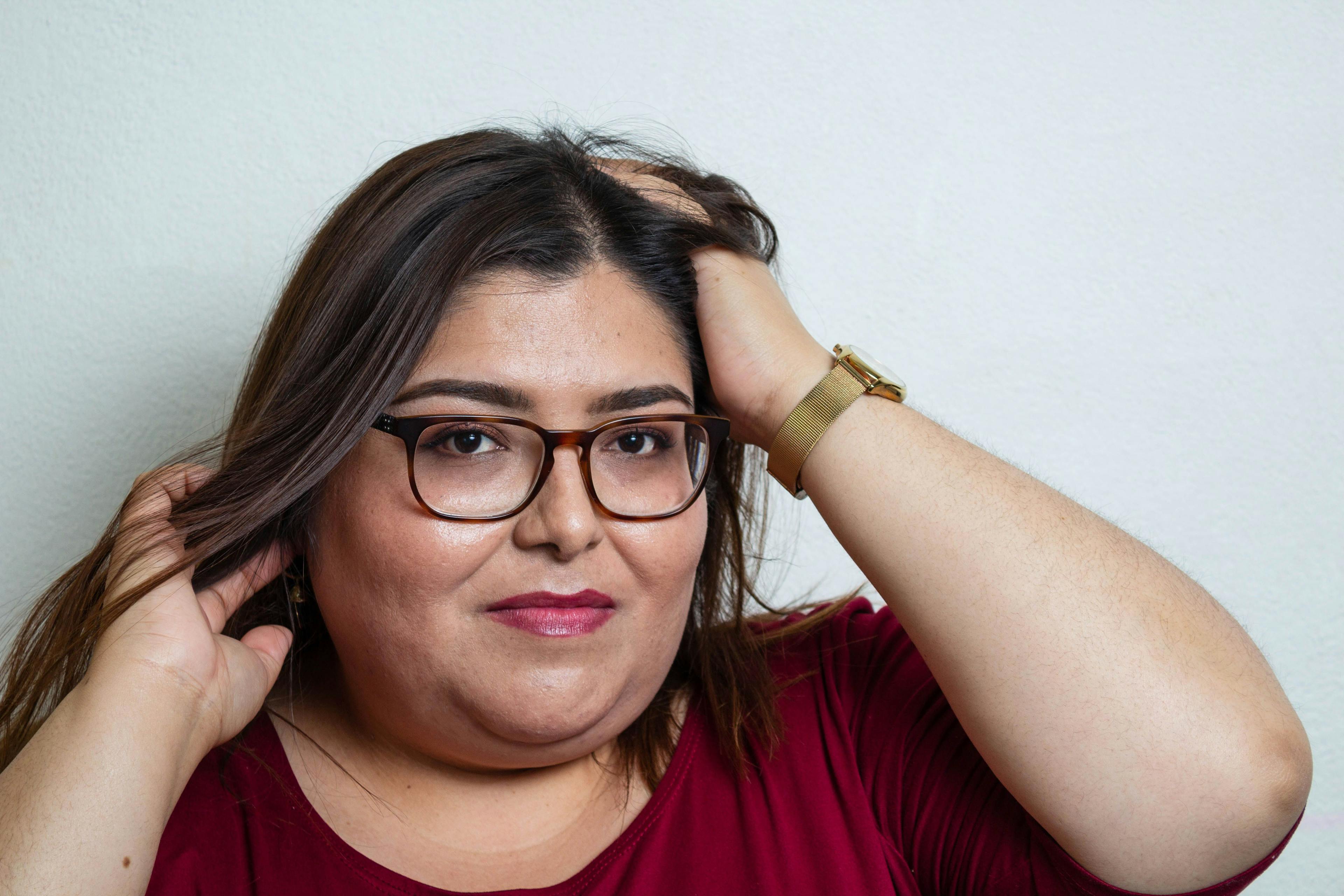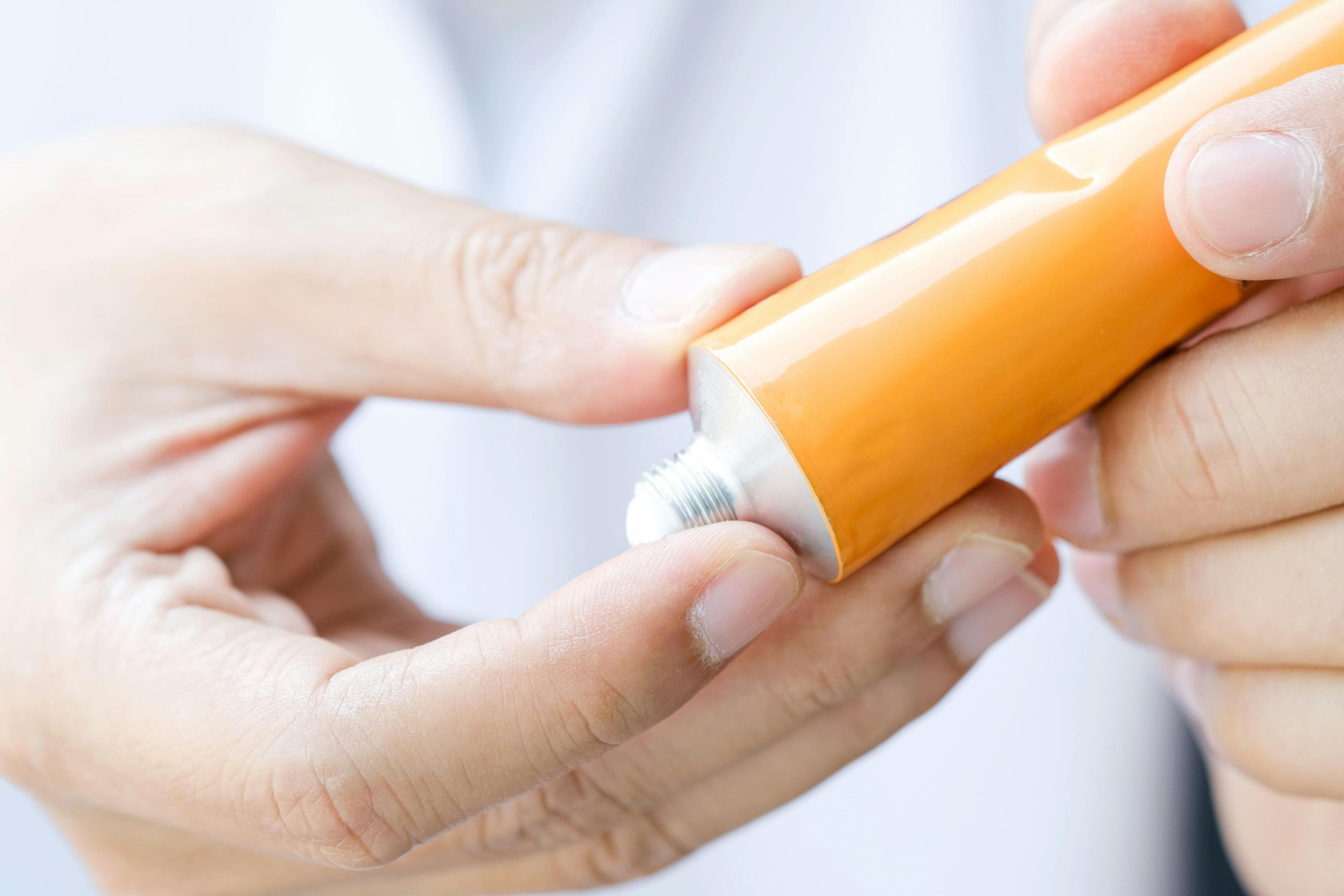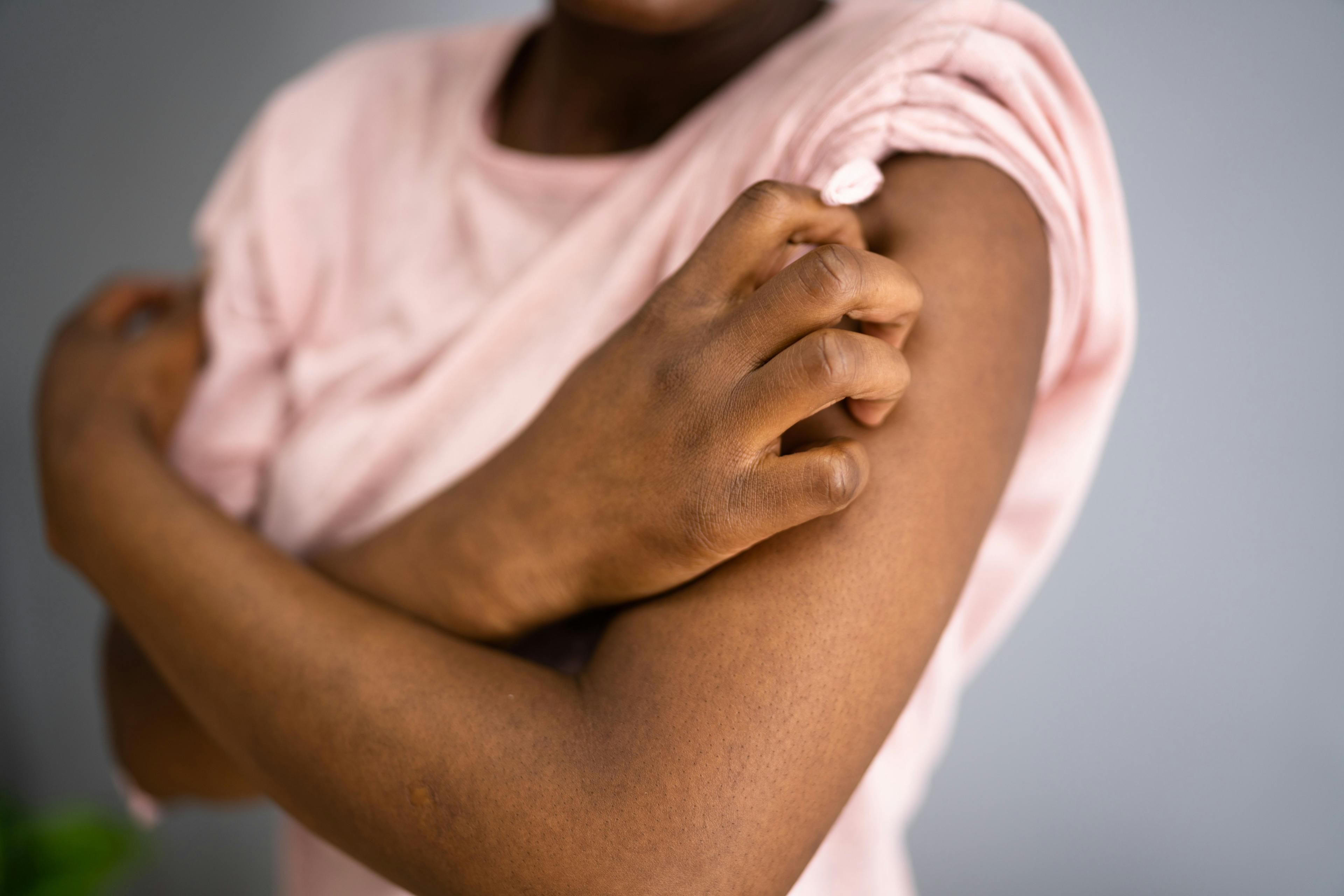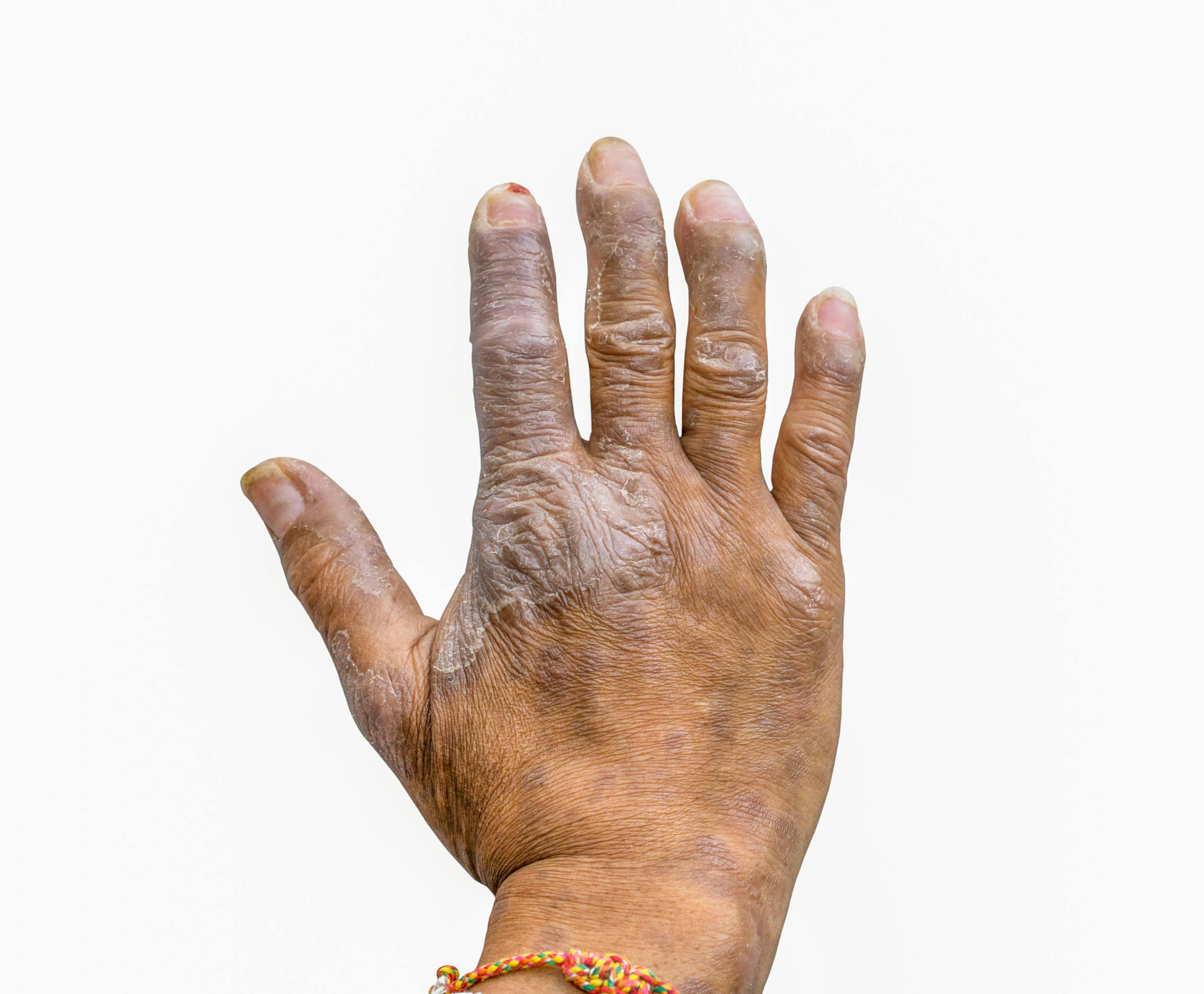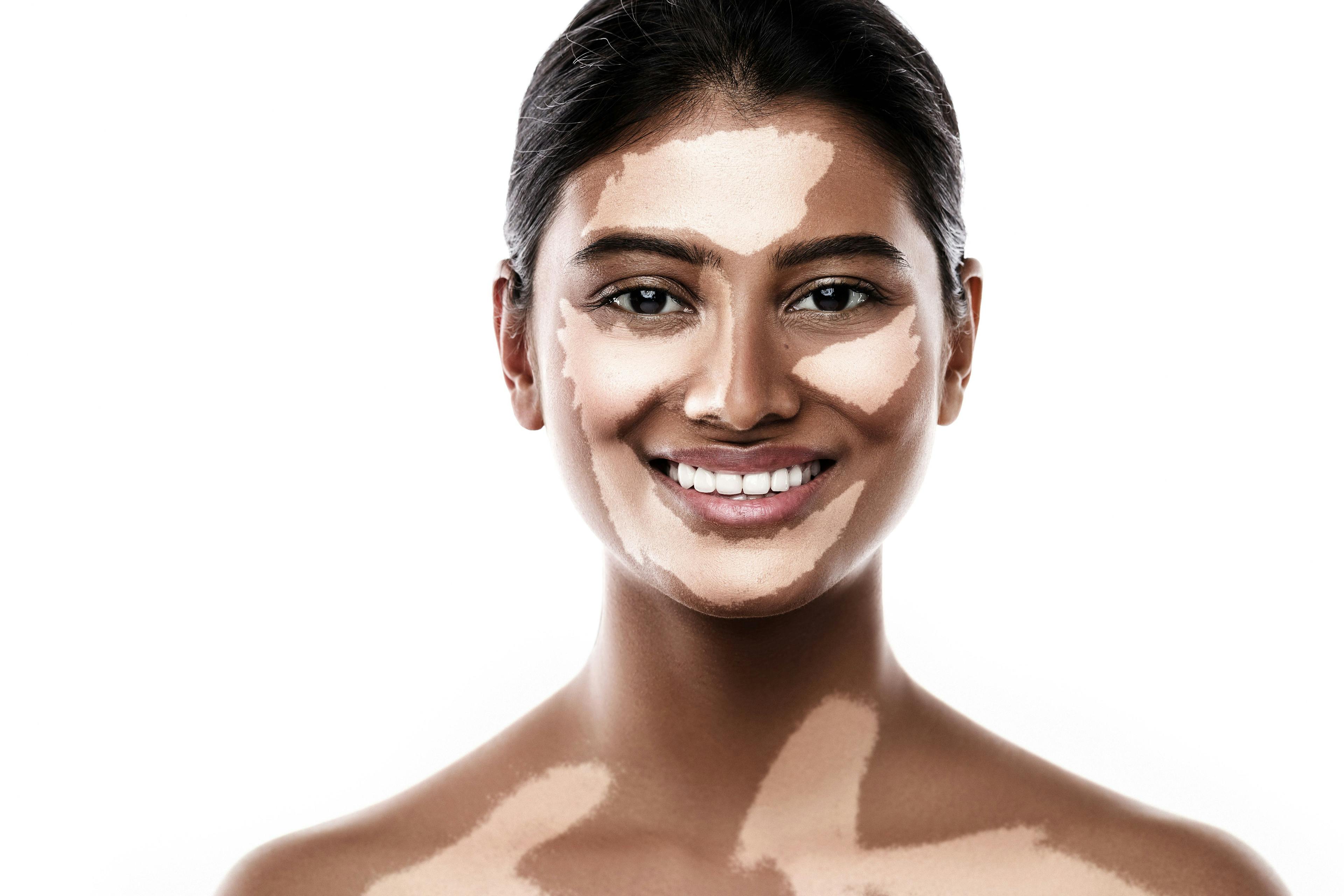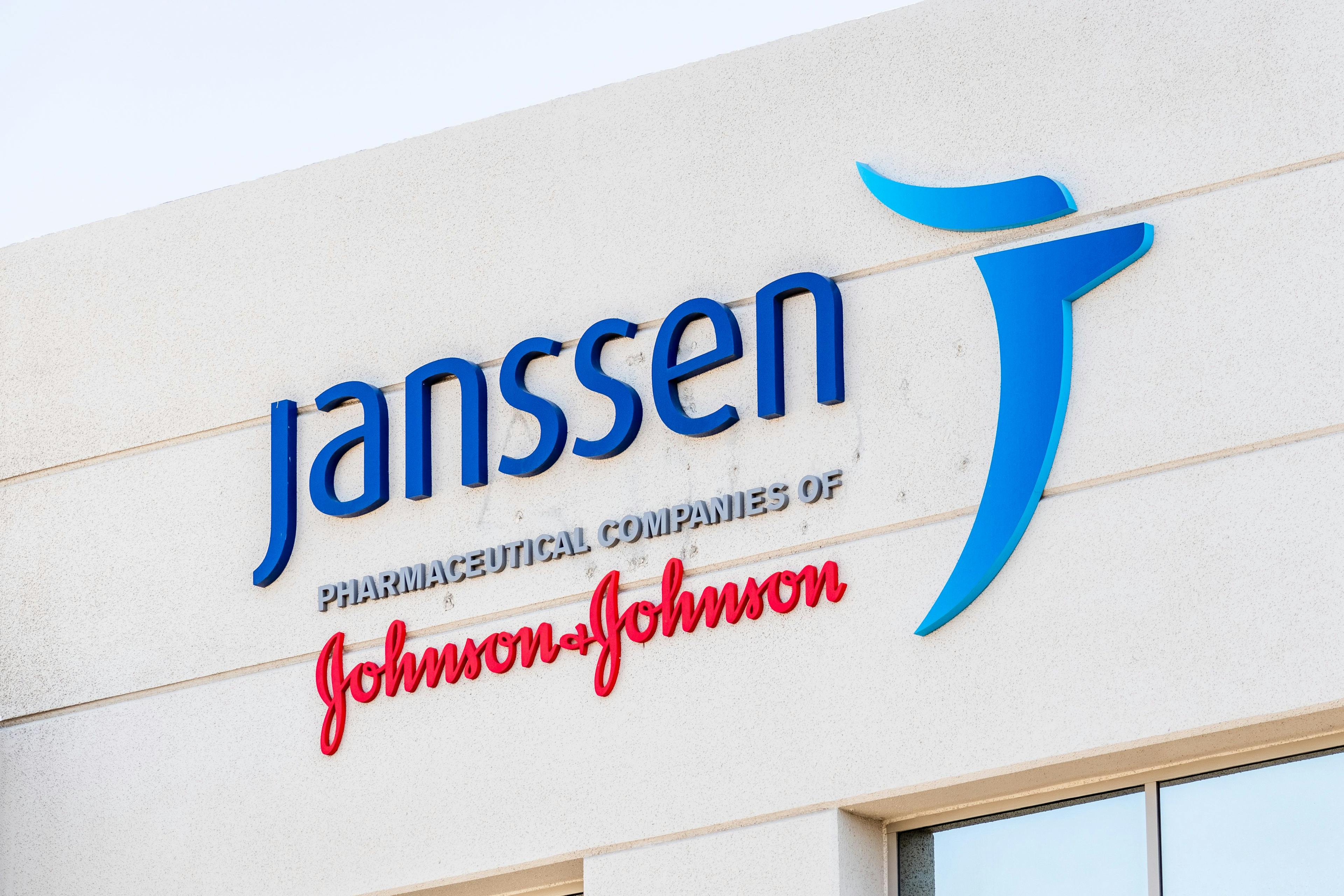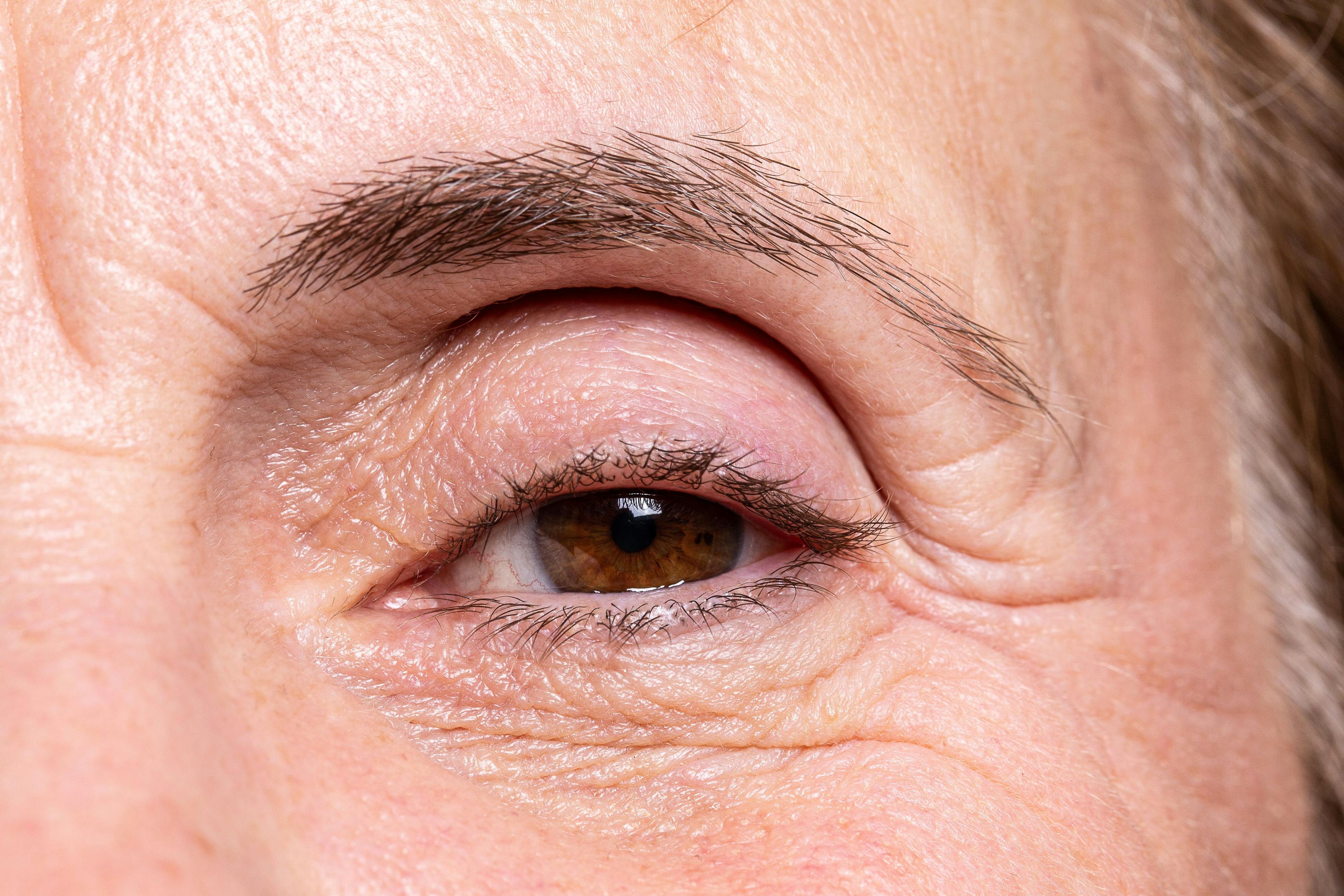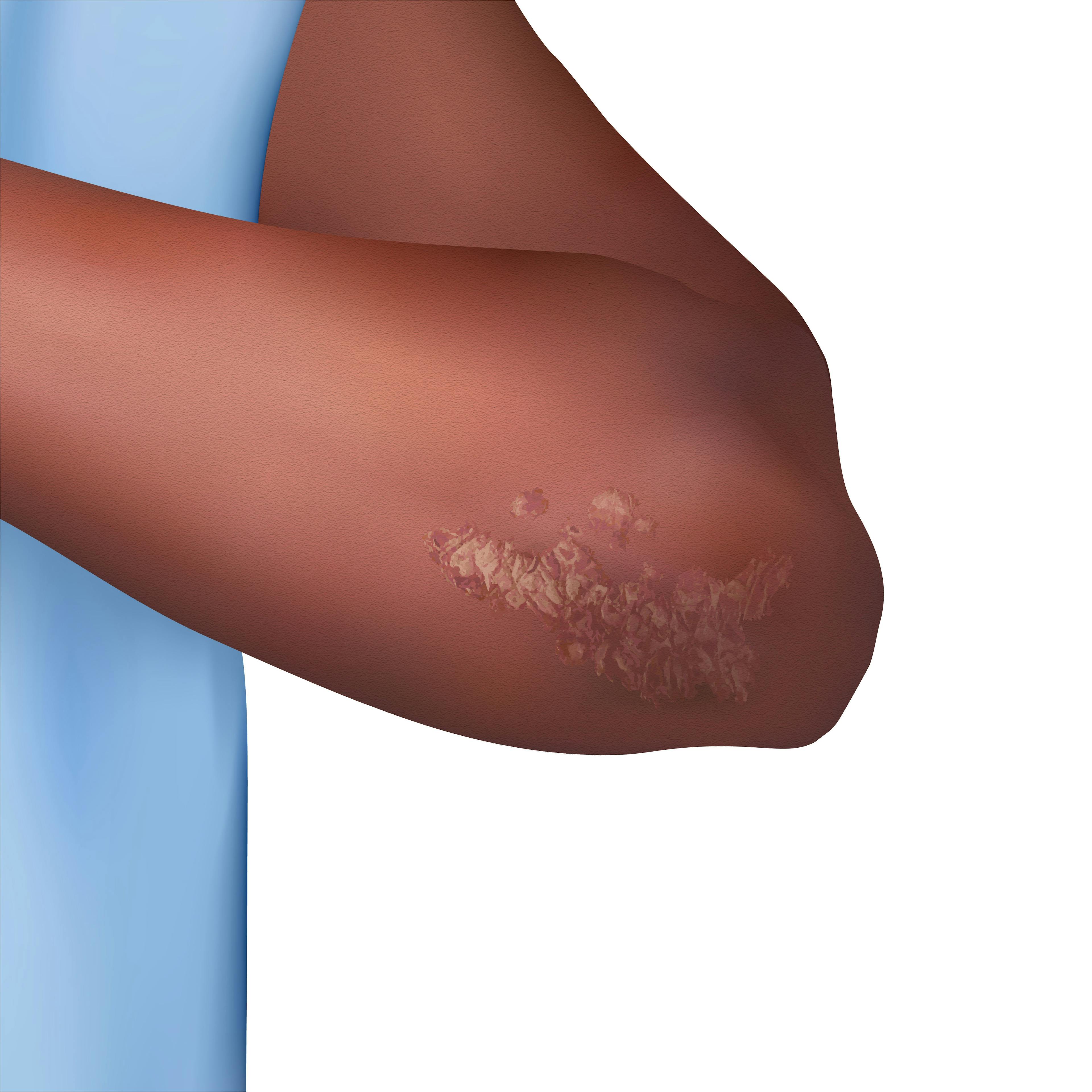- Acne
- Actinic Keratosis
- Aesthetics
- Alopecia
- Atopic Dermatitis
- Buy-and-Bill
- COVID-19
- Case-Based Roundtable
- Chronic Hand Eczema
- Chronic Spontaneous Urticaria
- Drug Watch
- Eczema
- General Dermatology
- Hidradenitis Suppurativa
- Melasma
- NP and PA
- Pediatric Dermatology
- Pigmentary Disorders
- Practice Management
- Precision Medicine and Biologics
- Prurigo Nodularis
- Psoriasis
- Psoriatic Arthritis
- Rare Disease
- Rosacea
- Skin Cancer
- Vitiligo
- Wound Care
Publication
Article
Dermatology Times
Periorbital Rejuvenation: Comprehensive Assessment and Product Choice Are Key to Results
Author(s):
With a wide range of aesthetic options available, clinicians can create a personalized approach to addressing age-related changes around the eye to give patients the natural-looking results they desire.
Aging happens at every layer in the skin and also its underlying structures, including subcutaneous fat, muscle, and bone. The area around the eyes is among the first to show signs of aging. Ultimately, the focus is on rejuvenation and brightening of the skin in that area, opening the eye and lifting the eyelid and eyebrow.
Alessandro Grandini/Adobe Stock
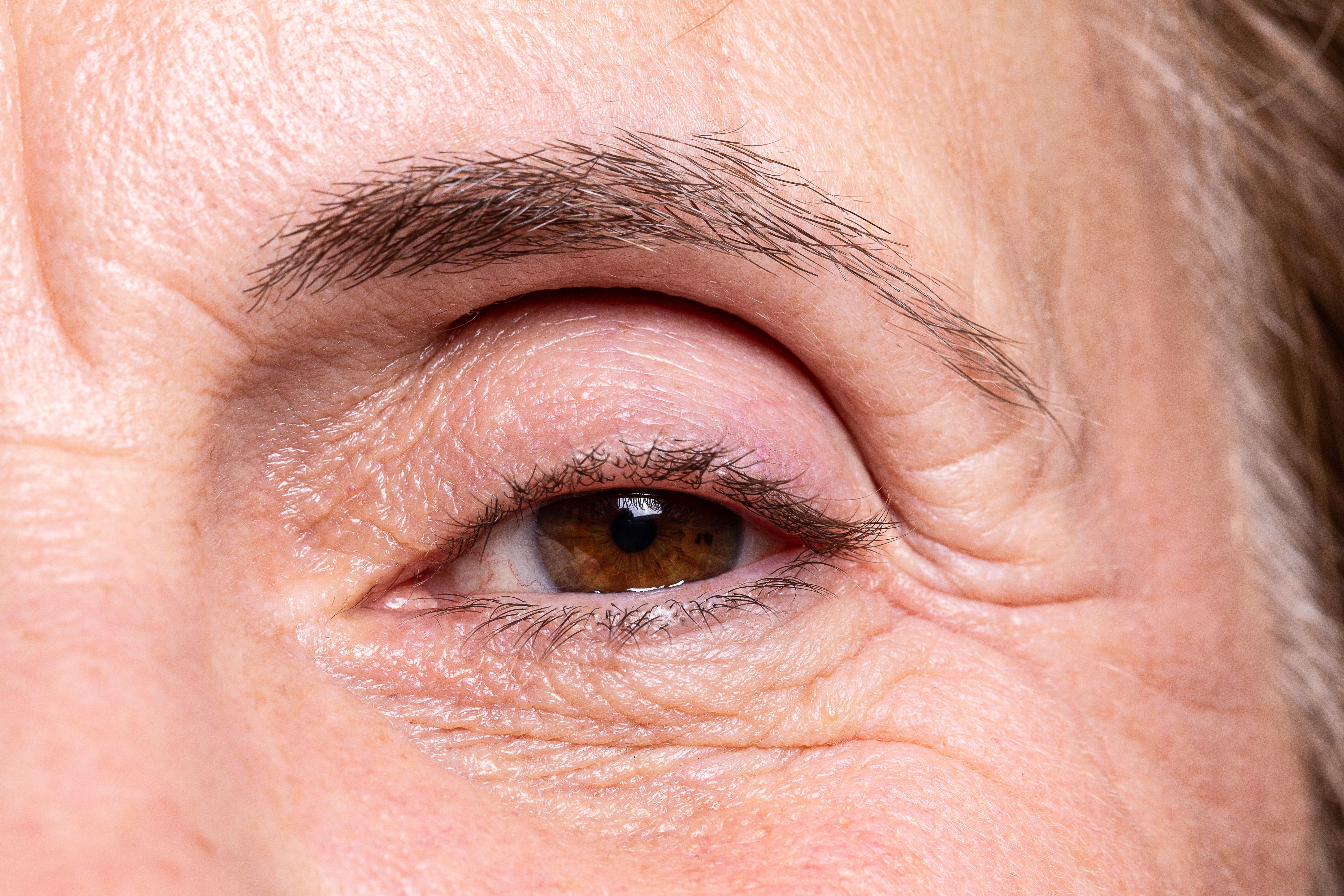
Multiple changes can occur in the periorbital area, starting with fine lines around the eyes, which appear as a result of muscular contraction (smiling and squinting). The development of wrinkles in this area is also dependent on the way someone animates. Patients with fairer, thinner skin will show those lines earlier.
Another top concern for patients is undereye “bags.” Here, the fat pads can herniate from beneath the muscle, leading to puffiness that patients commonly refer to as bags. Other concerns for our cosmetic patients are hollowing under the eye and periorbital hyperpigmentation. It is important to distinguish between all 3 of these to provide appropriate treatments.
Comprehensive Consultation
When it comes to the periorbital area, it is vital for patients to have a thorough consultation with a dermatology specialist who understands the various aspects of periorbital aging. On social media, content around undereye filler is ubiquitous, leading individuals to think it works for everyone. The best candidates for these products are those with undereye hollowing, good skin quality, and a limited amount of fat herniation. Hyaluronic acid (HA) gel (Volbella XC; Allergan) received FDA clearance for this indication in 2022. This year, another HA filler, Restylane EYELIGHT (Galderma), also received clearance for the improvement of infraorbital hollows. Other rejuvenating products are undergoing additional clinical studies in the infraorbital area, including RHA Redensity (Artemedica).
When evaluating the periocular area, I first assess the skin. If the skin is the main problem, perhaps discoloration, for example, we may start patients on topical products. I tell patients that it is important to invest in high-quality eye creams or serums, as the skin in this area can be sensitive. My personal favorites are EyeMax (skinbetter), Alastineye cream (Galderma), and Revox Line Relaxer (Revision Skincare).

When we start seeing fine lines or crow’s feet around the eyes, we may begin with neuromodulators such as onabotulinumtoxinA (Botox; Allergan Aesthetics), daxibotulinumtoxinA-lanm (Daxxify; Revance Aesthetics), or abobotulinumtoxinA (Dysport; Galderma). To address crepiness around the eye and laxity in the lower lids in patients not ready for surgery, we can use microneedling alone or pair it with platelet-rich plasma (PRP). Fraxelnonablative (Solta Medical) or carbon dioxide lasers are good choices for under the eye for patients not wanting surgery. Devices aimed at lifting the brow, including Ulthera, are also a safe option for this area.
Next, we consider ways in which we can change or open the eye’s aperture. A neuromodulator can provide a small amount of medial and lateral brow lift when injected in the appropriate manner, but until recently, options for lifting the eyelid proper were mostly surgical. Oxymetazoline hydrochloride ophthalmic solution 0.1% (Upneeq; RVL Pharmaceuticals, Inc) is the first FDA-approved pharmaceutical treatment indicated for acquired blepharoptosis in adults.1 The topical application of the drug stimulates the α-adrenergic receptors on the Müller muscle, resulting in temporary contraction and eyelid elevation. Approved for everyday use, it starts working within 20 minutes; 1 drop lasts for about 6 to 8 hours.
The results from Upneeq are noticeable yet natural; patients do not end up looking “bug eyed” or scared. It is packaged in individually wrapped, single-use droppers so it is easy to travel with and there is no worry about contamination of an eye dropper. I use mine to ensure I look bright-eyed, well rested, and youthful for special events. It provides a nice boost to open the eye for adults of any age who are experiencing lid lowering. Upneeq has almost no downside and is complementary to our other offerings. I have prescribed it for a wide range of patients who are very satisfied with the results. I have found it to be a wonderful addition to our full slate of offerings.
Although all these noninvasive and minimally invasive procedures help provide periorbital rejuvenation, once a patient has a significant amount of eyelid hooding and laxity, I send them to my oculoplastic colleagues for a surgical evaluation.
Conclusion
Many factors contribute to aging of the eye area, and all patients should be evaluated for exactly what their concern is to determine the appropriate treatment. With so many different options on the market, it is an exciting time to be in aesthetics and dermatology.
Joely Kaufman, MD, is a board-certified dermatologist, fellow of the American Academy of Dermatology, and the director of Skin Associates of South Florida in Coral Gables. She is a voluntary clinical associate professor at the University of Miami Department of Dermatology and Cutaneous Surgery in Florida, where she teaches residents and fellows injection and laser techniques. She is extensively involved in clinical research at the Skin Research Institute in Coral Gables, Florida and is a principal investigator on several clinical trials in dermatology, including pivotal FDA studies on neuromodulators, fillers, and devices for the aesthetic market.
Reference
- Bacharach J, Wirta DL, Smyth-Medina R, et al. Rapid and sustained eyelid elevation in acquired blepharoptosis with oxymetazoline 0.1%: randomized phase 3 trial results. Clin Ophthalmol. 2021;15:2743-2751. doi:10.2147/OPTH.S306155
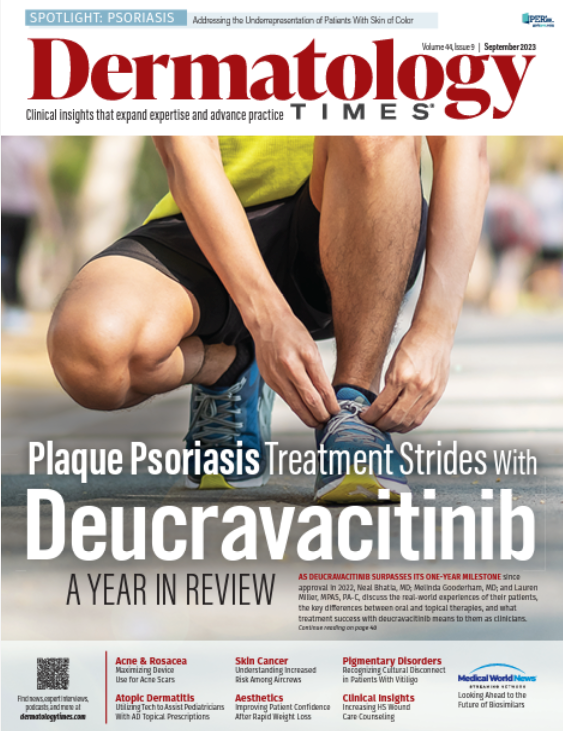
Newsletter
Like what you’re reading? Subscribe to Dermatology Times for weekly updates on therapies, innovations, and real-world practice tips.





